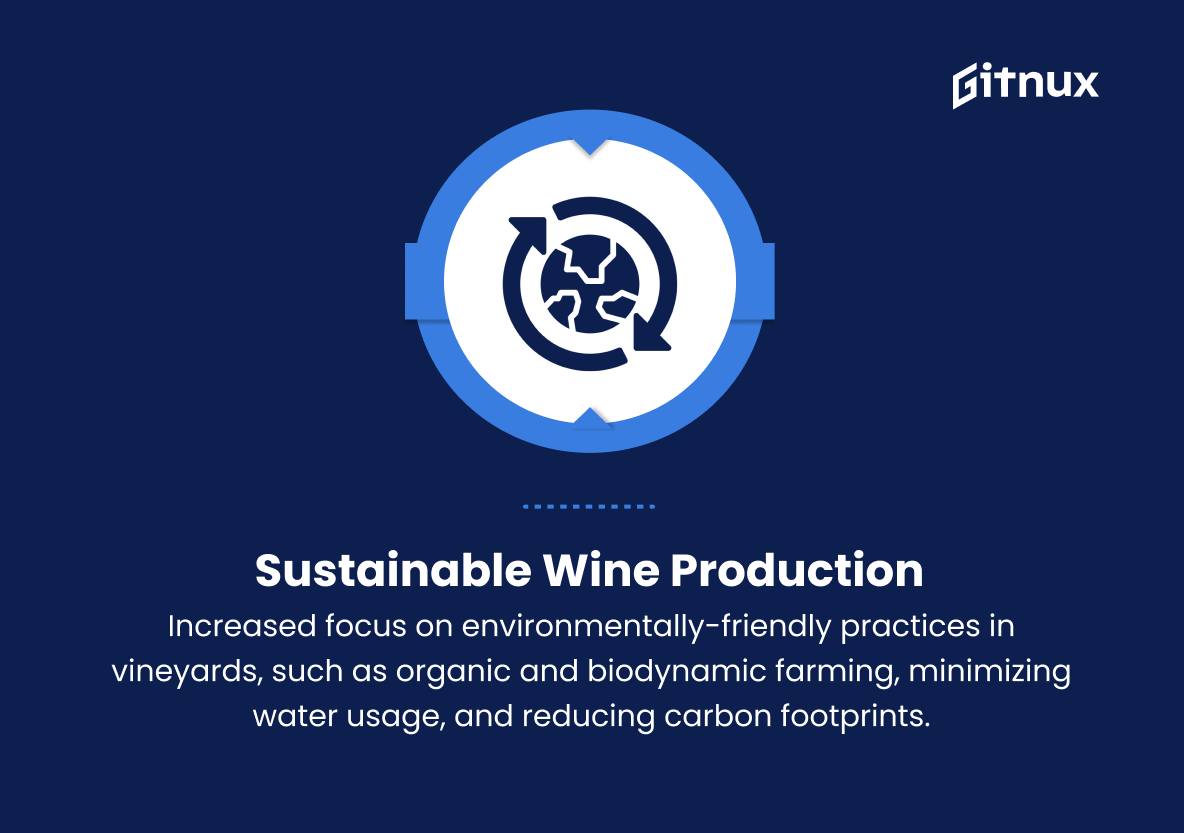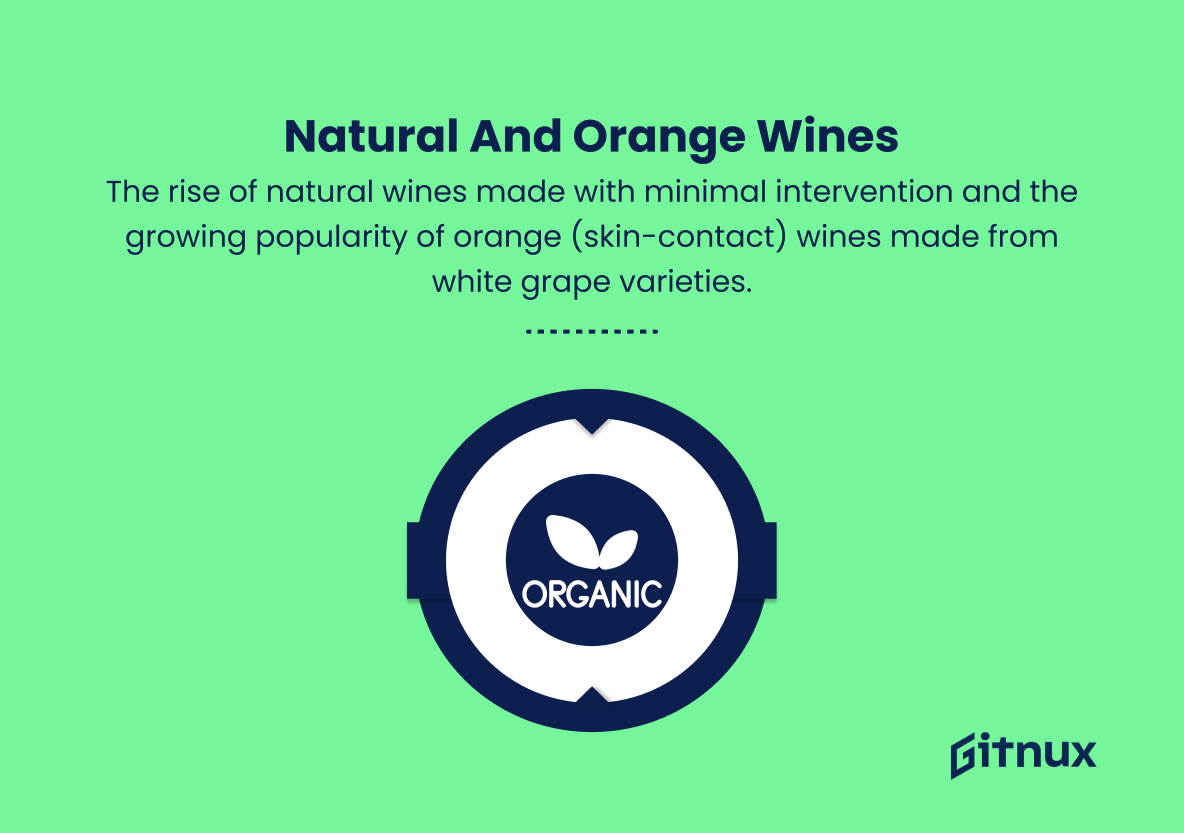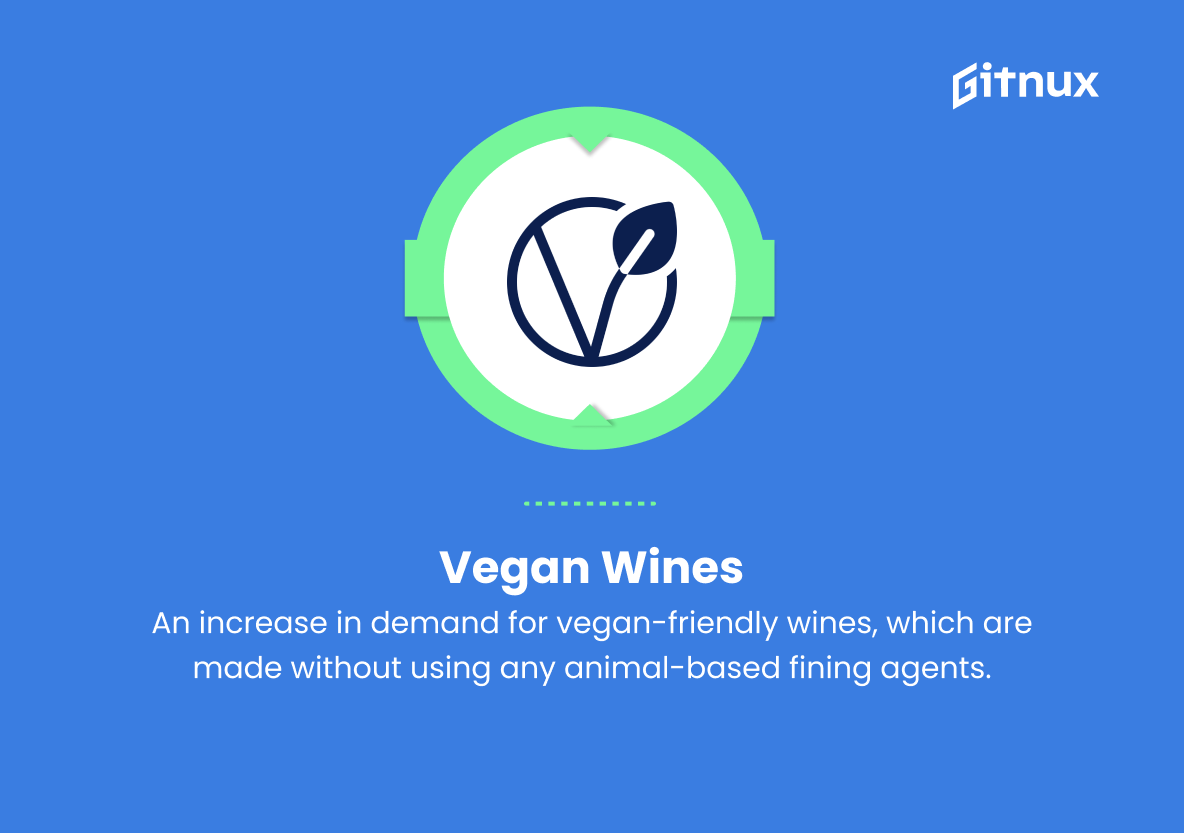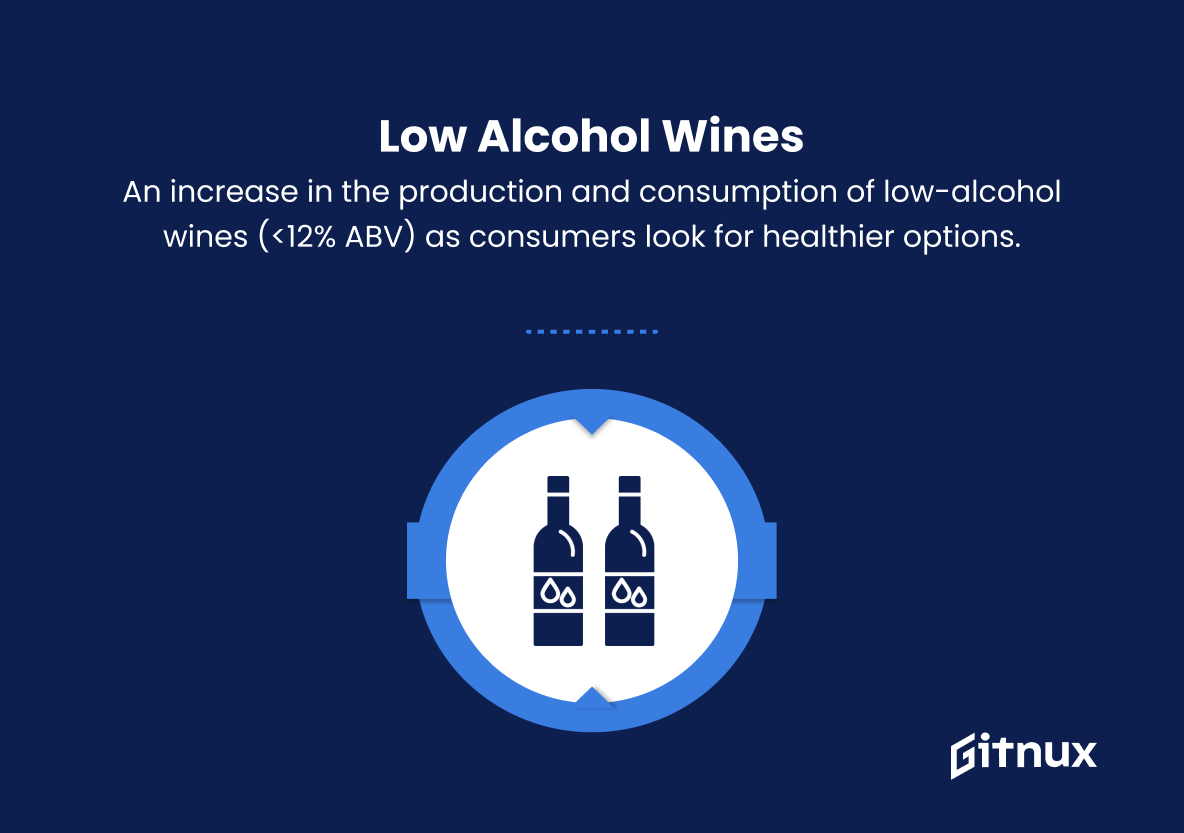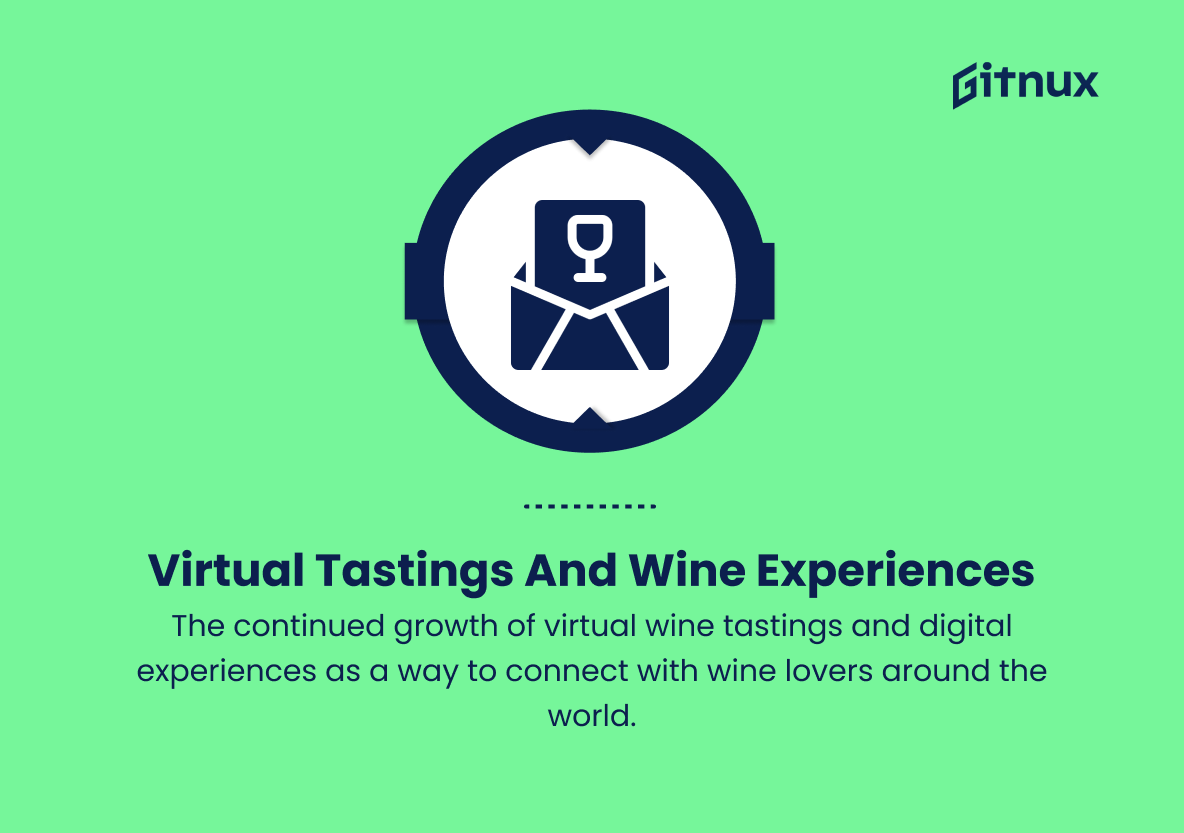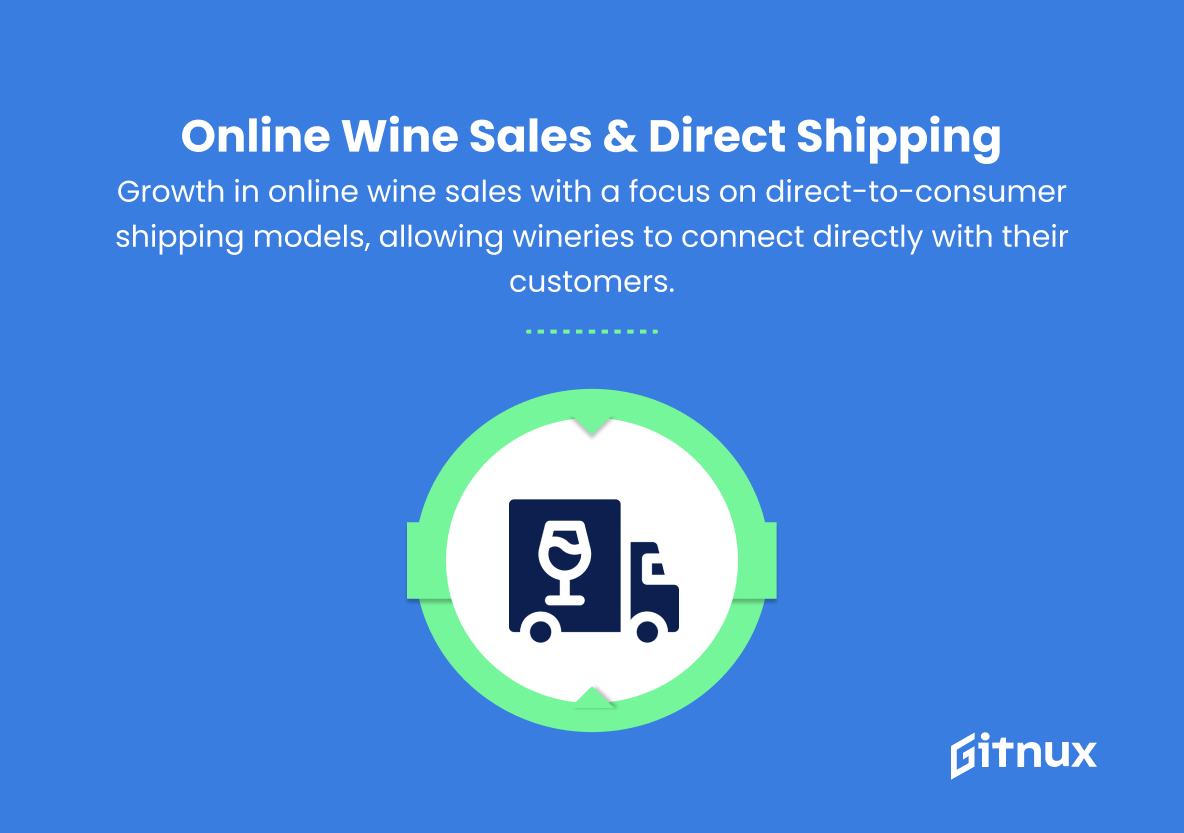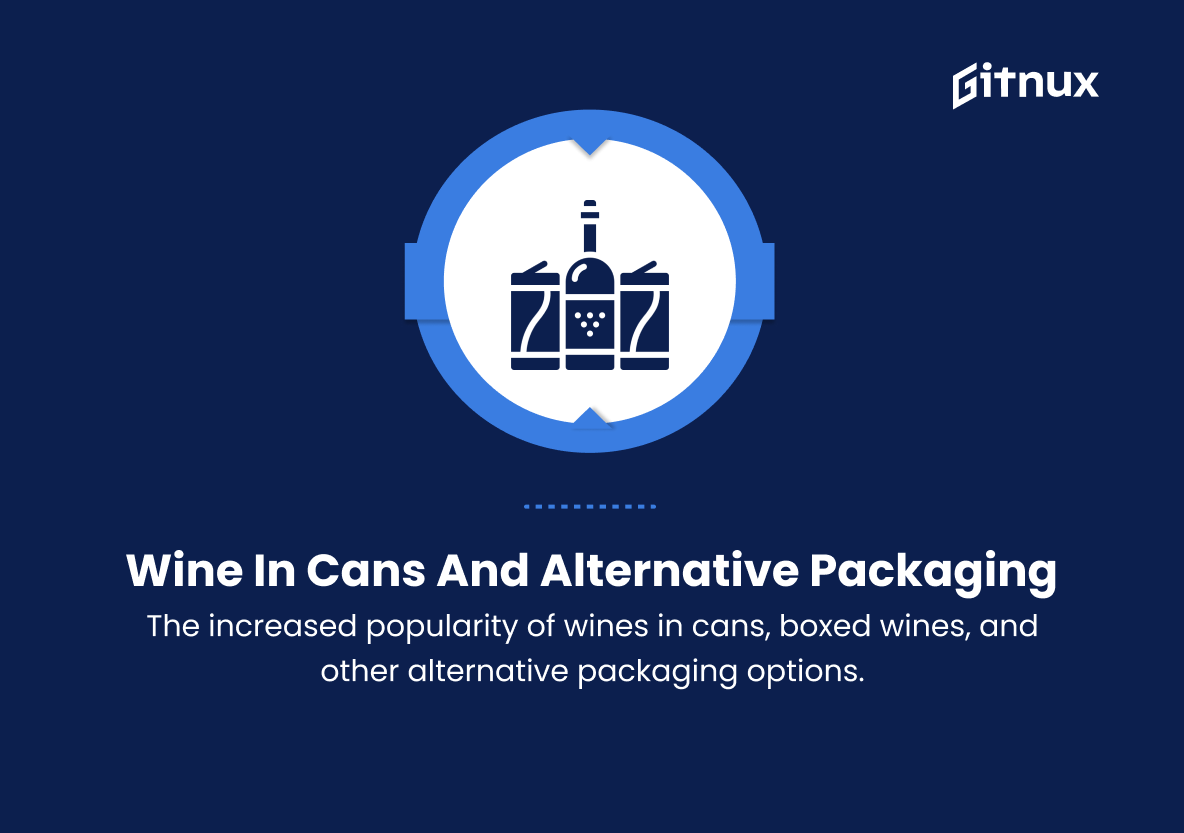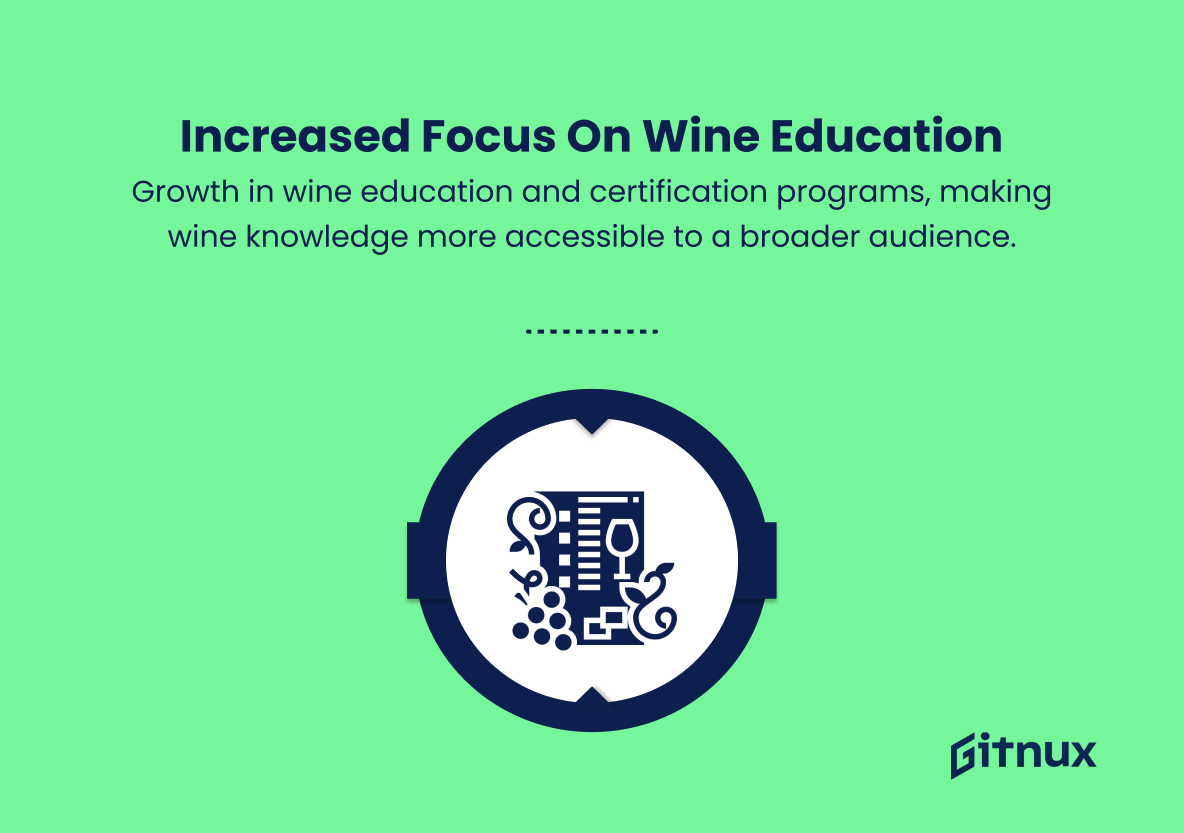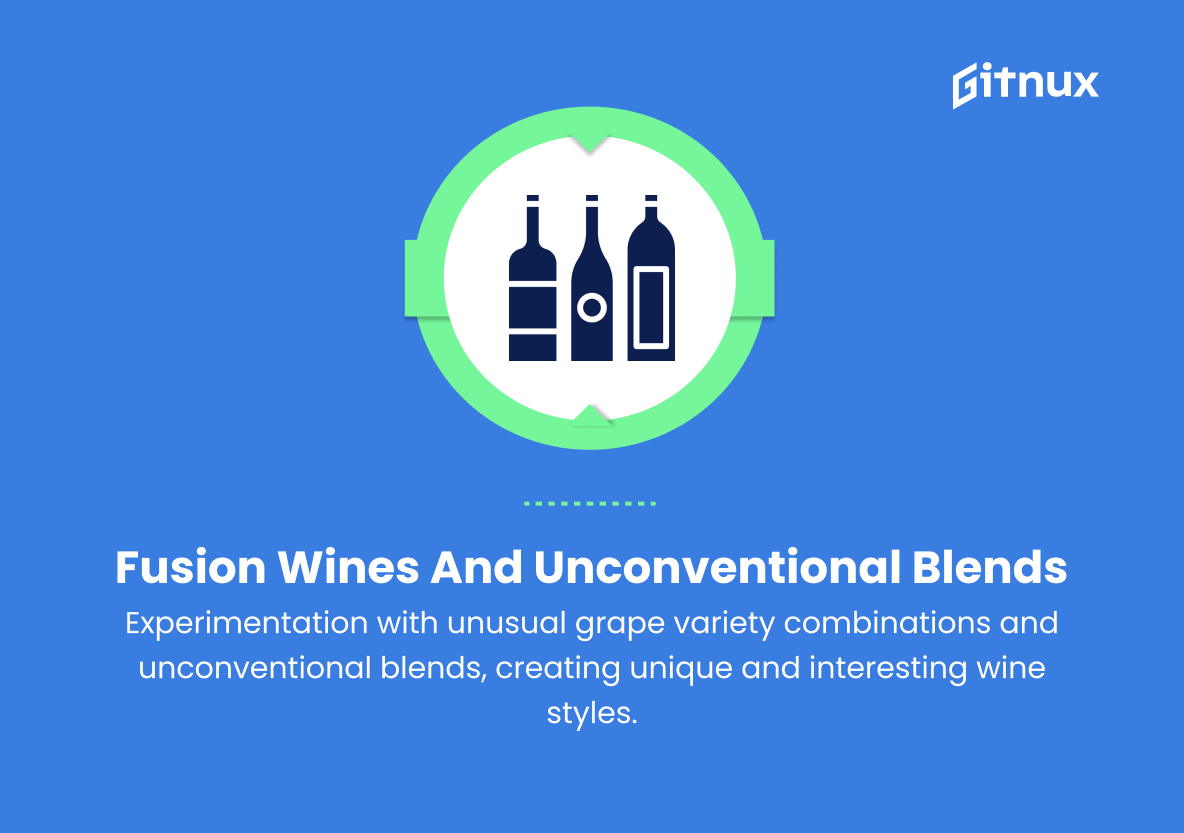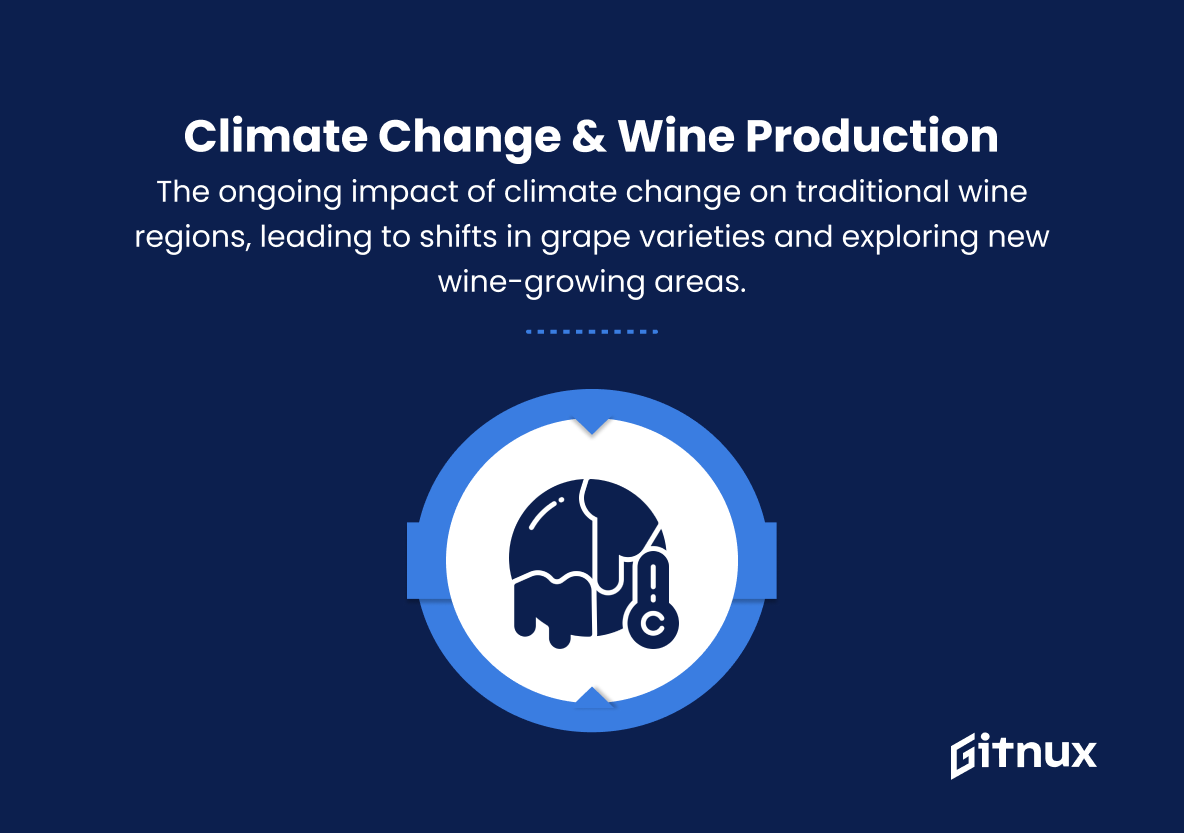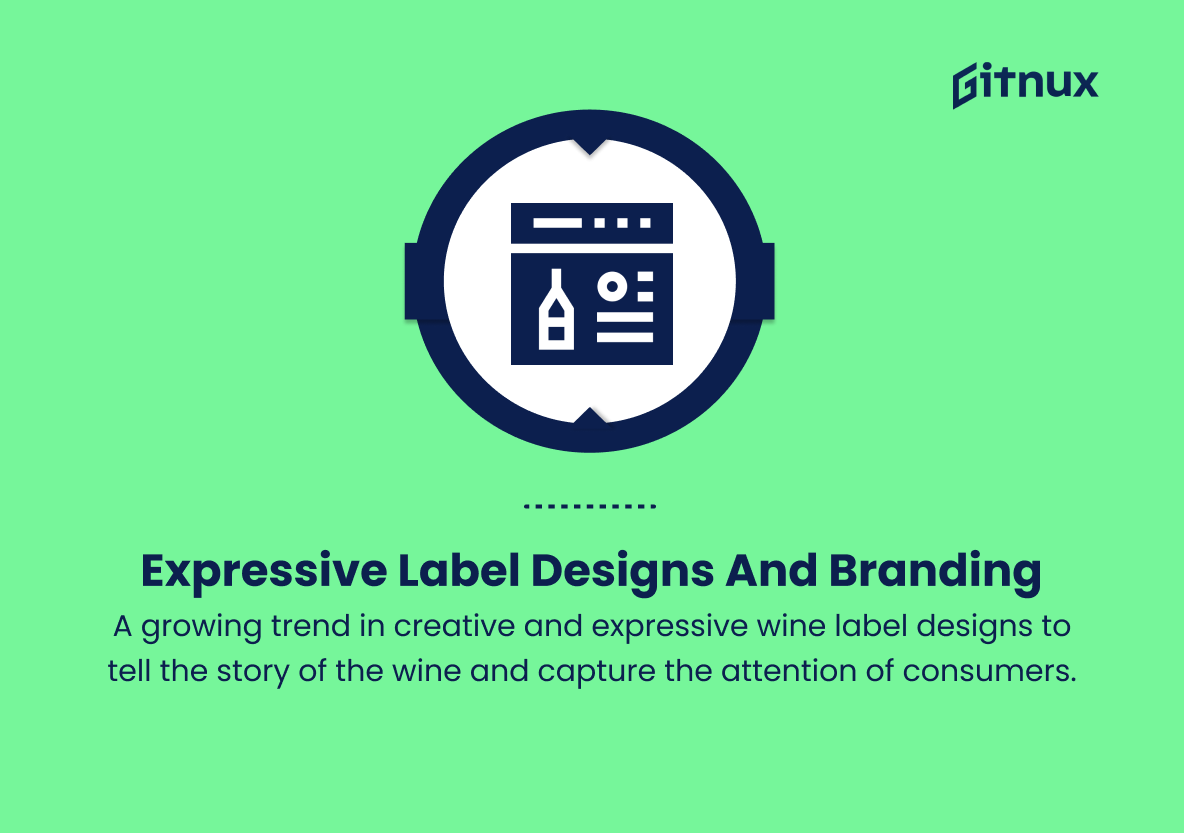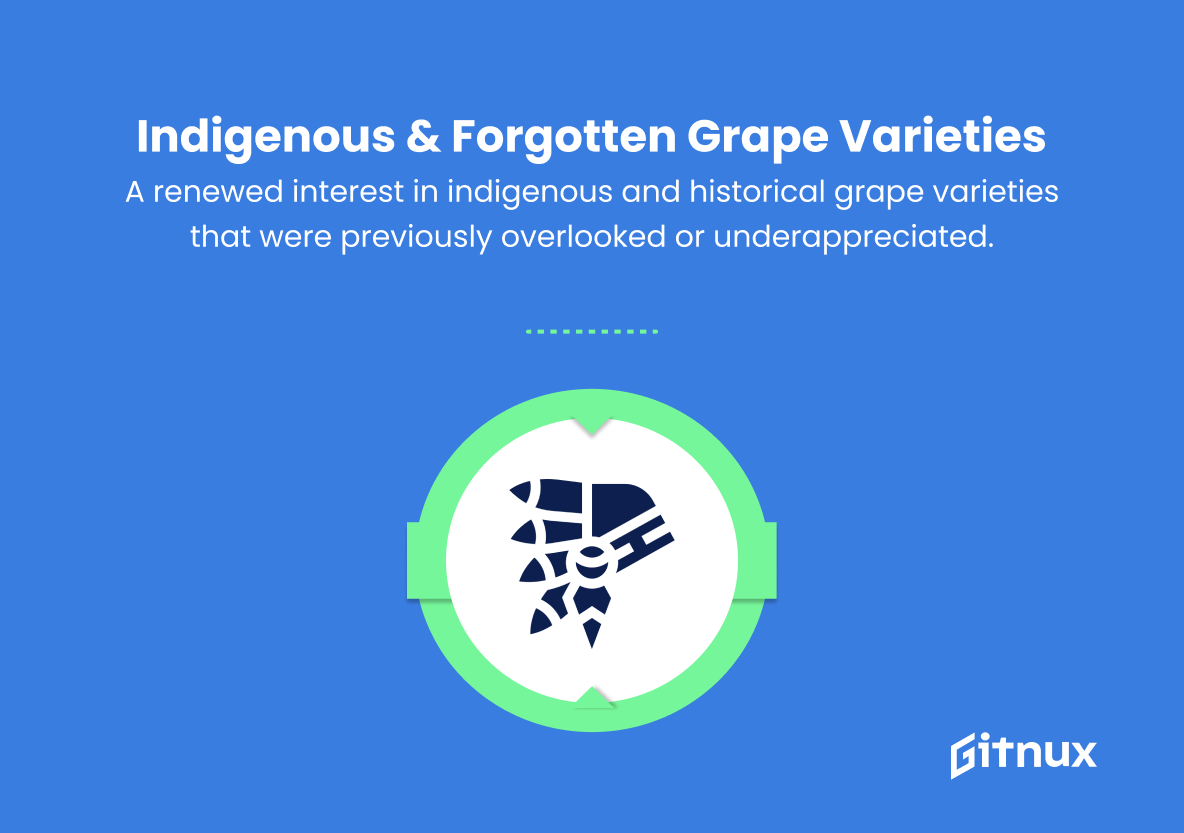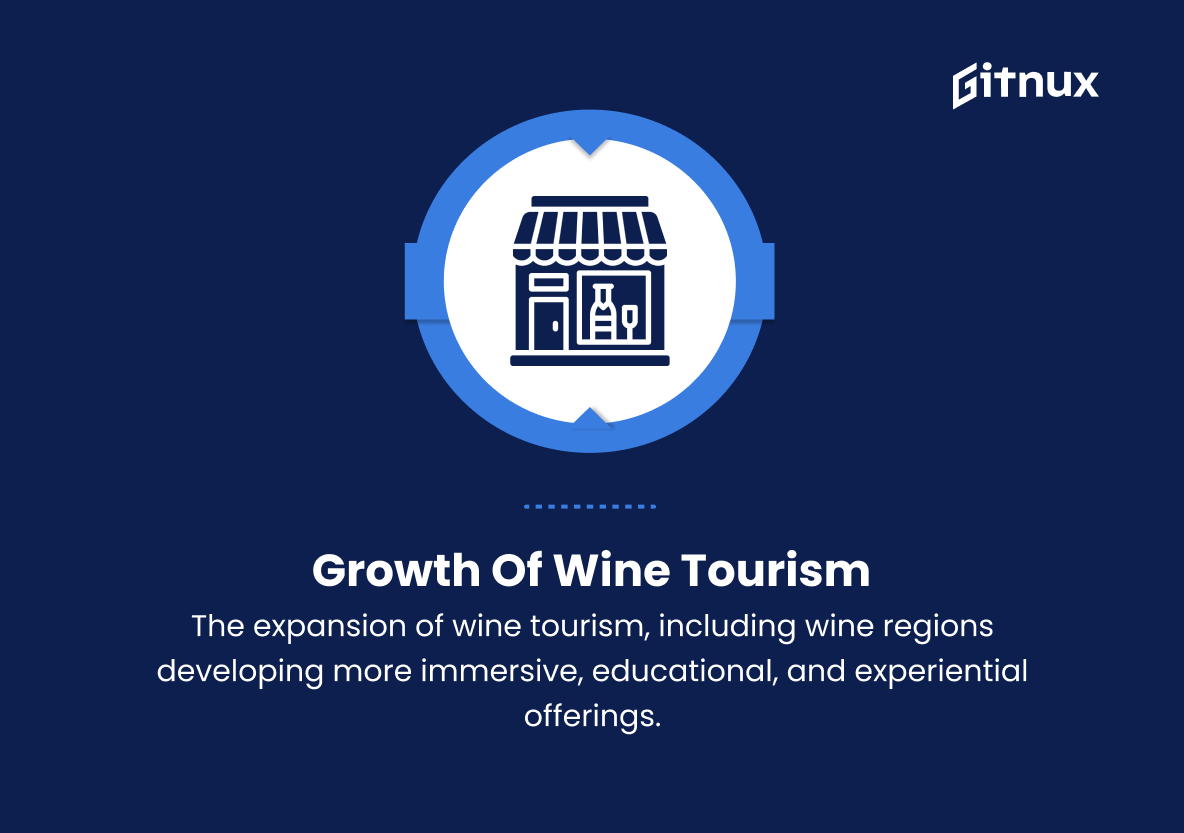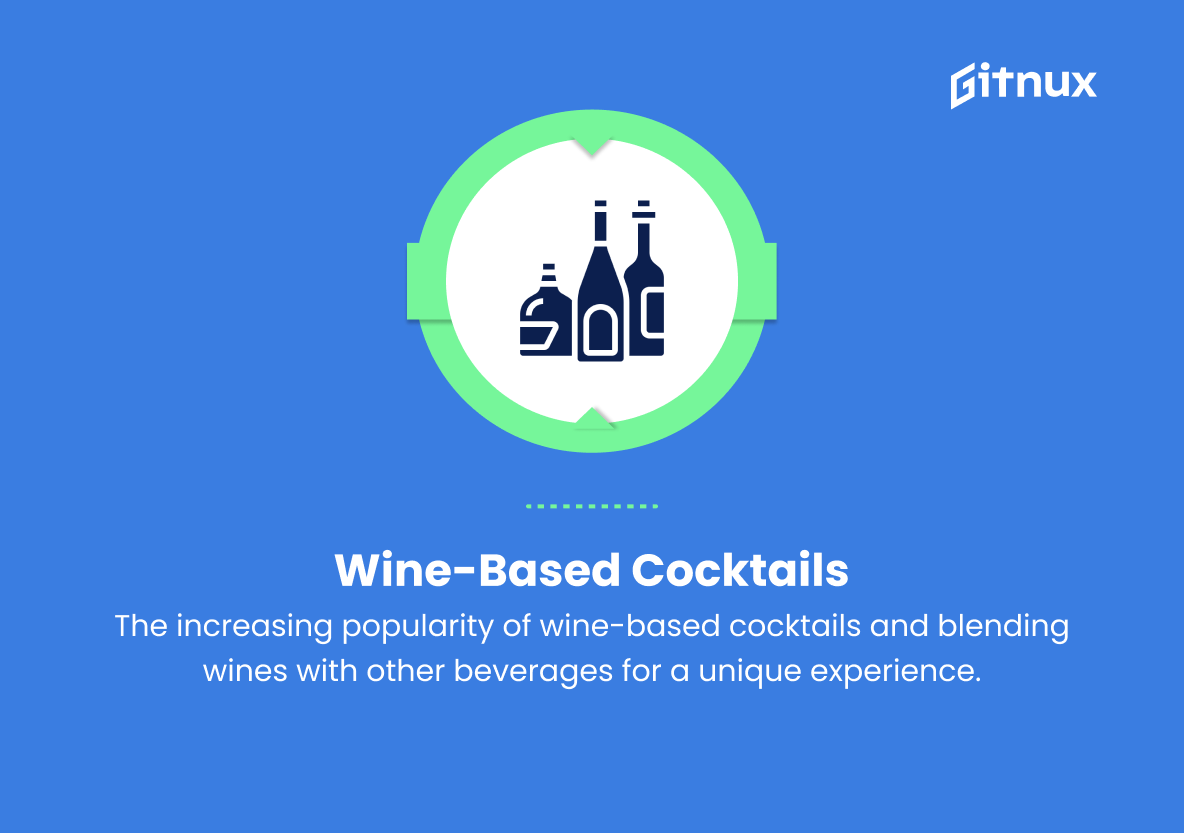In the ever-evolving world of wine, it’s crucial to stay on top of the latest trends, innovations, and preferences that are redefining this beloved beverage. In this insightful blog post, we delve into current wine trends that have taken the industry by storm, shaping the palates of both seasoned connoisseurs and casual wine lovers alike. Join us as we journey through complex flavors, innovative production techniques, and fresh serving styles that are opening doors to new experiences and further elevating our appreciation for this time-honored drink.
Top Wine Trends
1. Sustainable and Organic Wine Production
Increased focus on environmentally-friendly practices in vineyards, such as organic and biodynamic farming, minimizing water usage, and reducing carbon footprints.
2. Natural and Orange Wines
The rise of natural wines made with minimal intervention and the growing popularity of orange (skin-contact) wines made from white grape varieties.
3. Vegan Wines
An increase in demand for vegan-friendly wines, which are made without using any animal-based fining agents.
4. Low Alcohol Wines
An increase in the production and consumption of low-alcohol wines (<12% ABV) as consumers look for healthier options.
5. Virtual Tastings and Wine Experiences
The continued growth of virtual wine tastings and digital experiences as a way to connect with wine lovers around the world.
6. Online Wine Sales and Direct-To-Consumer Shipping
Growth in online wine sales with a focus on direct-to-consumer shipping models, allowing wineries to connect directly with their customers.
7. Wine in Cans and Alternative Packaging
The increased popularity of wines in cans, boxed wines, and other alternative packaging options.
8. Increased Focus on Wine Education
Growth in wine education and certification programs, making wine knowledge more accessible to a broader audience.
9. Fusion Wines and Unconventional Blends
Experimentation with unusual grape variety combinations and unconventional blends, creating unique and interesting wine styles.
10. Climate Change and Its Impact on Wine Production
The ongoing impact of climate change on traditional wine regions, leading to shifts in grape varieties and exploring new wine-growing areas.
11. Expressive Label Designs and Branding
A growing trend in creative and expressive wine label designs to tell the story of the wine and capture the attention of consumers.
12. Popularity of Indigenous and Forgotten Grape Varieties
A renewed interest in indigenous and historical grape varieties that were previously overlooked or underappreciated.
13. Growth of Wine Tourism
The expansion of wine tourism, including wine regions developing more immersive, educational, and experiential offerings.
14. Emphasis on Women in Wine
The growing recognition and support for women winemakers, vineyard owners, and industry leaders.
15. Wine-Based Cocktails
The increasing popularity of wine-based cocktails and blending wines with other beverages for a unique experience.
16. Wine and Food Pairing Innovations
A continued emphasis on innovative and unique wine and food pairings, both in fine dining and more casual settings.
17. Precision Viticulture
The adoption of advanced technology (drones, sensors, AI) in vineyards to optimize grape growing and wine production.
18. Health-Conscious Wine Lovers
A growing segment of health-conscious consumers seeking low-sugar, low-sulfite, or other specialized wines to fit their dietary preferences.
Implications
The future of the wine industry looks to be heavily influenced by sustainable and organic production methods, with a focus on environmentally-friendly practices that conserve water usage and reduce carbon footprints. The emergence of natural and orange wines, vegan wines, and low-alcohol alternatives is diversifying the market, catering to the discerning palate of health-conscious consumers. The industry is also embracing innovations like virtual tastings and experiences that bring wine lovers together virtually from around the world, while adapting to the modern age of online sales and direct-to-consumer shipping models, offering alternative packaging options like cans and boxes. Education is becoming a vital aspect of the wine world, with increased interest in wine certification programs making knowledge more accessible to a wider populace. Unique fusion wines and unconventional blends are gaining momentum, as are the expressions of indigenous and forgotten grape varieties. Climate change is causing winemakers to adapt their techniques and explore new regions for grape cultivation. Creative label designs and branding are crafting enticing narratives for consumers, and the industry is beginning to shine a spotlight on female winemakers, owners, and leaders. Wine tourism is expected to grow, offering immersive and educational experiences for visitors, while wine-based cocktails and innovative food pairings continue to emerge in both casual and fine dining settings. Advanced technology and precision viticulture are becoming commonplace in vineyards, improving the quality and efficiency of the wine production process. Overall, the wine industry is evolving to suit the preferences and values of an increasingly diverse and sophisticated global market, paving the way for a sustainable, innovative, and inclusive future.
Conclusion
In summary, the ever-evolving world of wine continues to capture the fascination of enthusiasts and connoisseurs alike. As we have explored, the industry’s trajectory includes exciting developments such as sustainable winemaking techniques, a rise in natural and organic wines, the adoption of virtual tastings, and the increasing appreciation of lesser-known wine regions. It is incumbent upon us to keep our palates curious and stay informed about these trends, so that we may enjoy the rich heritage, diversity, and unending delights that the world of wine has to offer. As we raise our glasses to toast the future of wine, let us also celebrate the boundless creativity, dedication, and passion of the men and women who cultivate the vineyards and craft the wines that truly make our lives more pleasurable.
